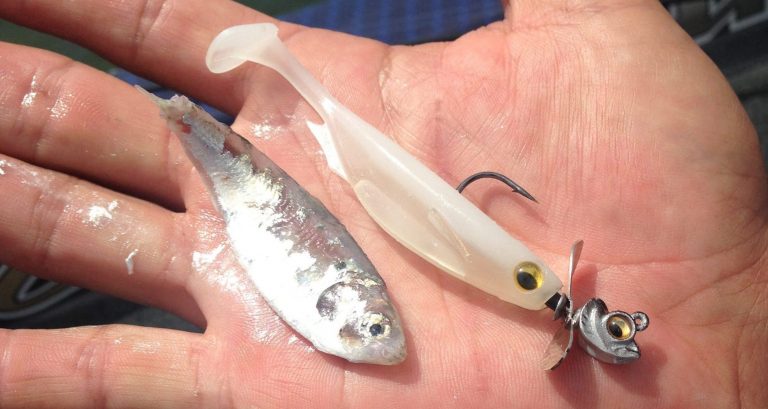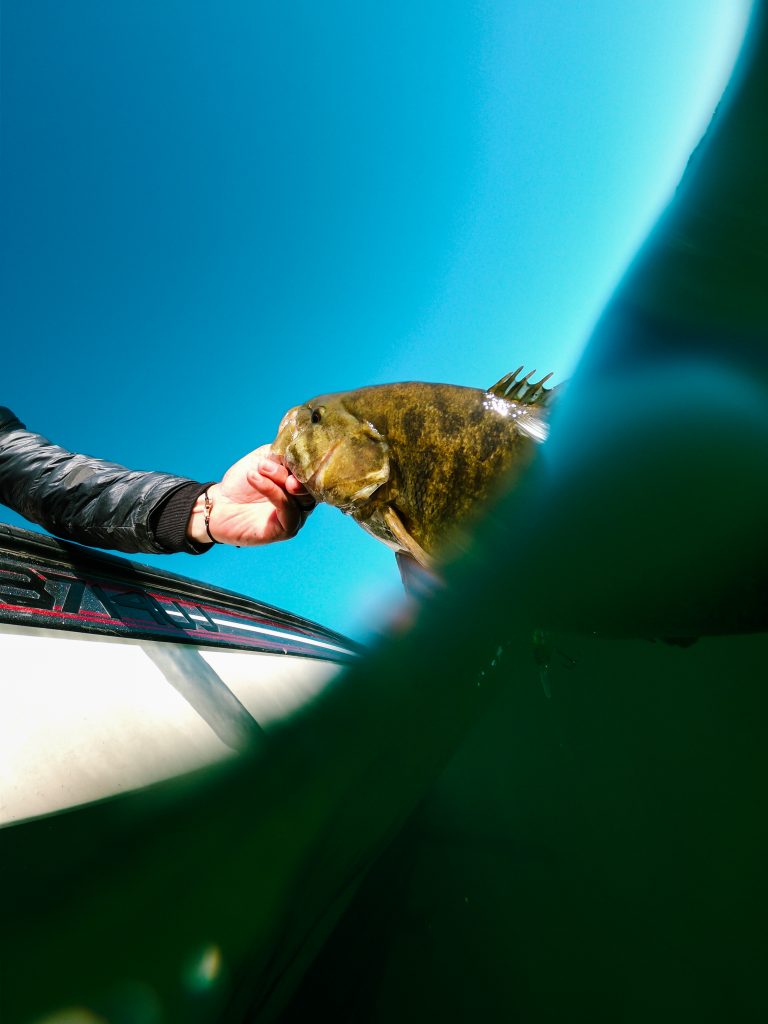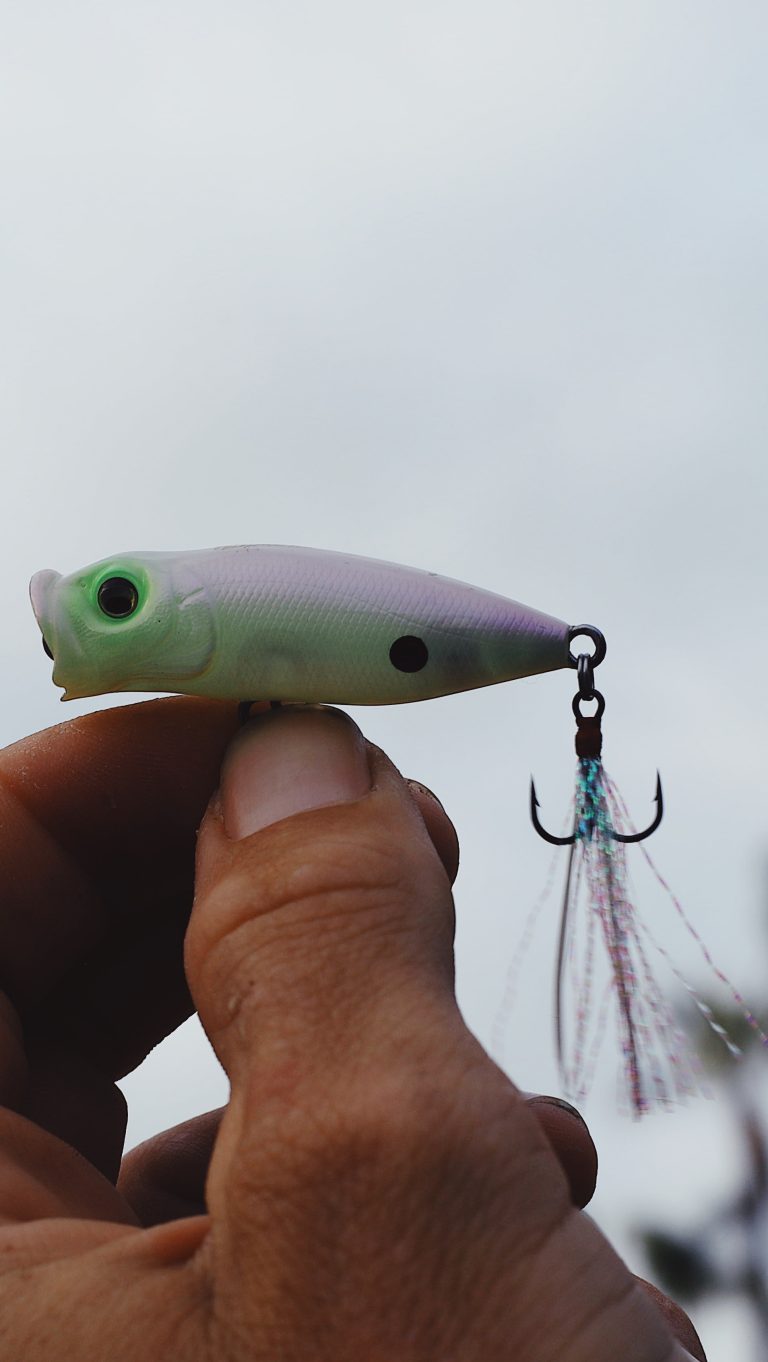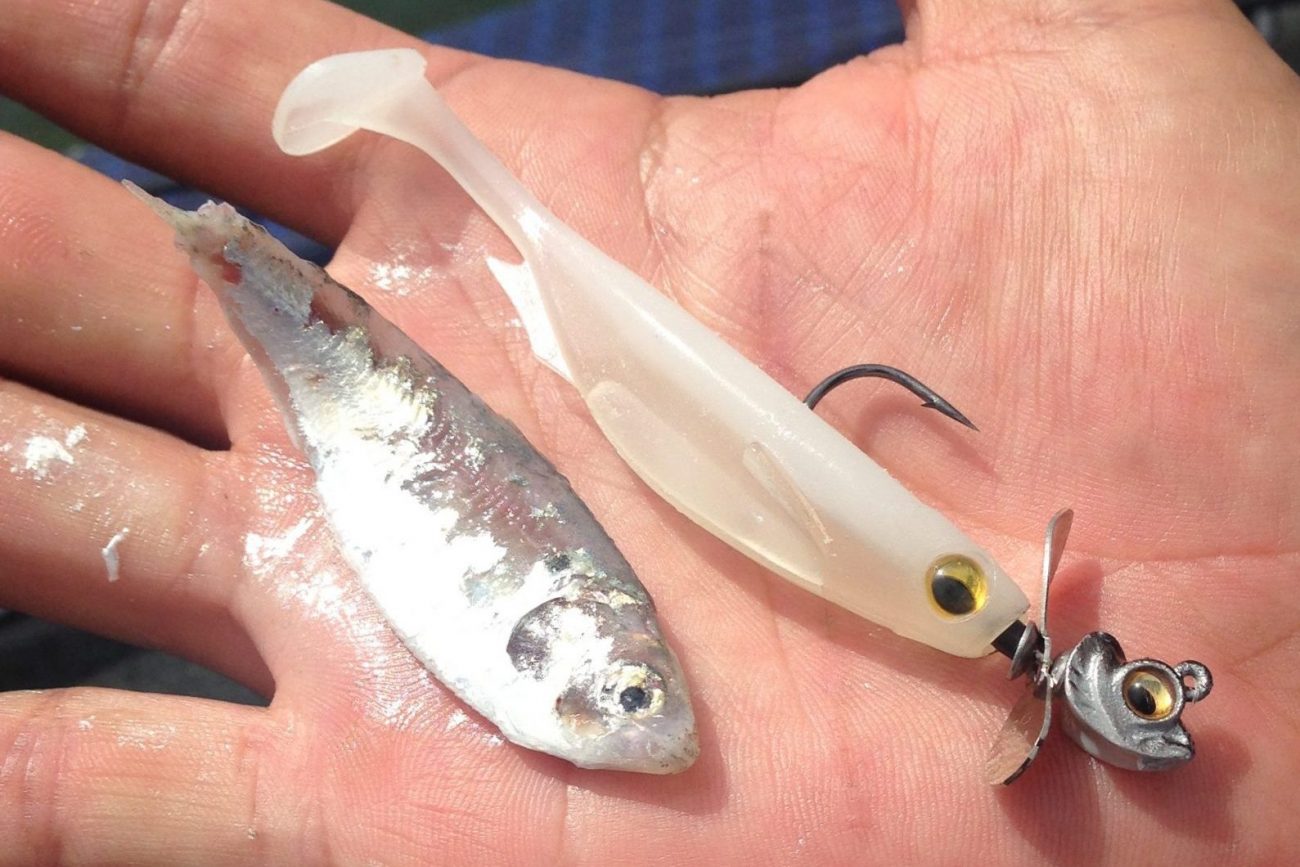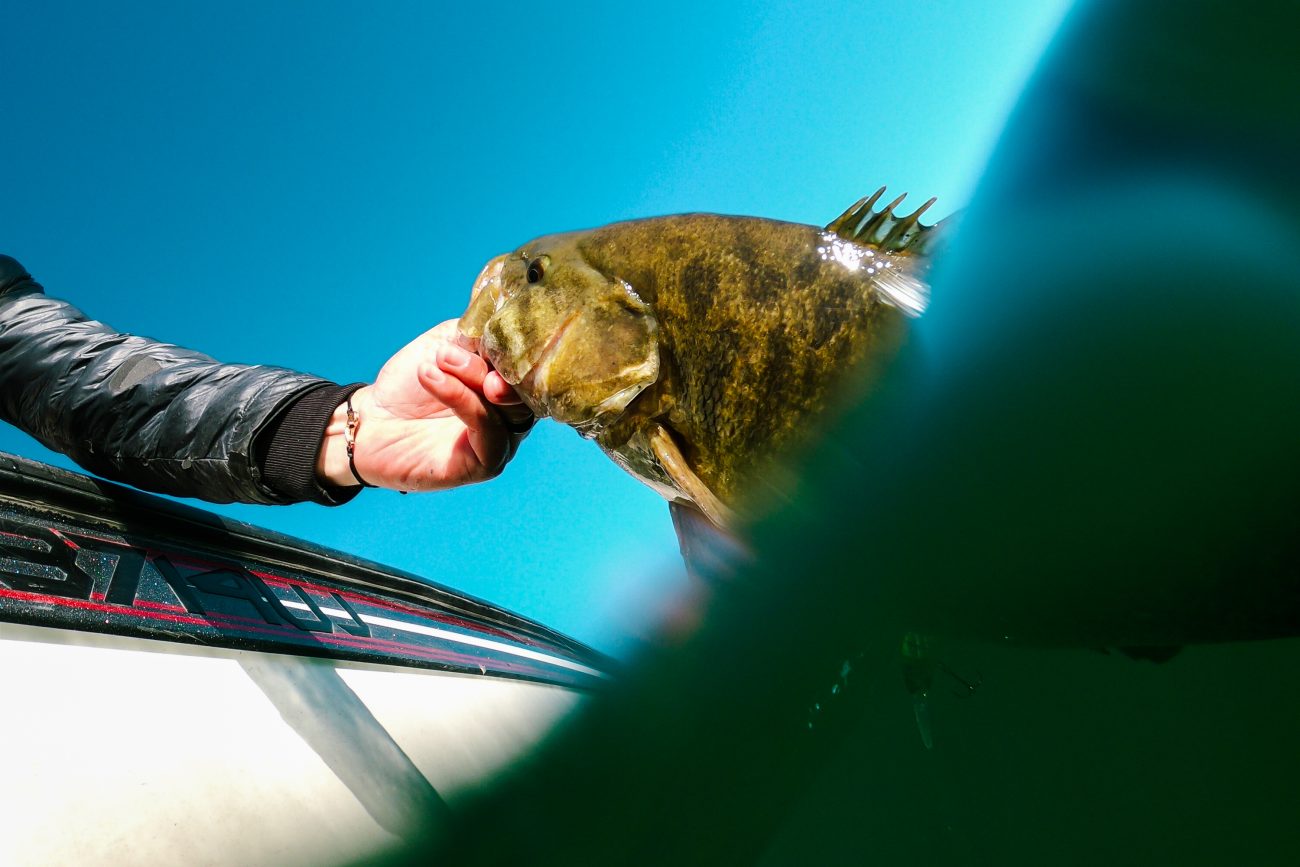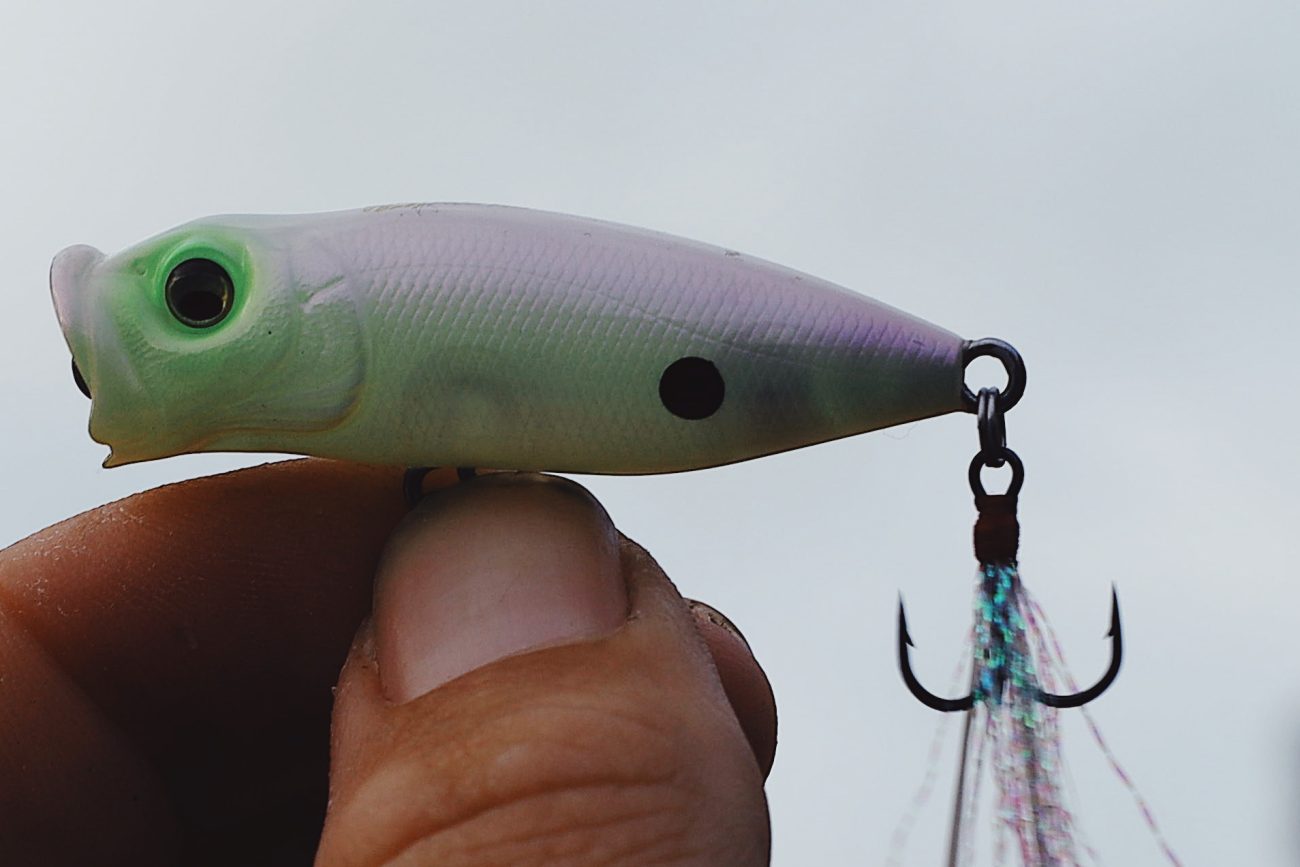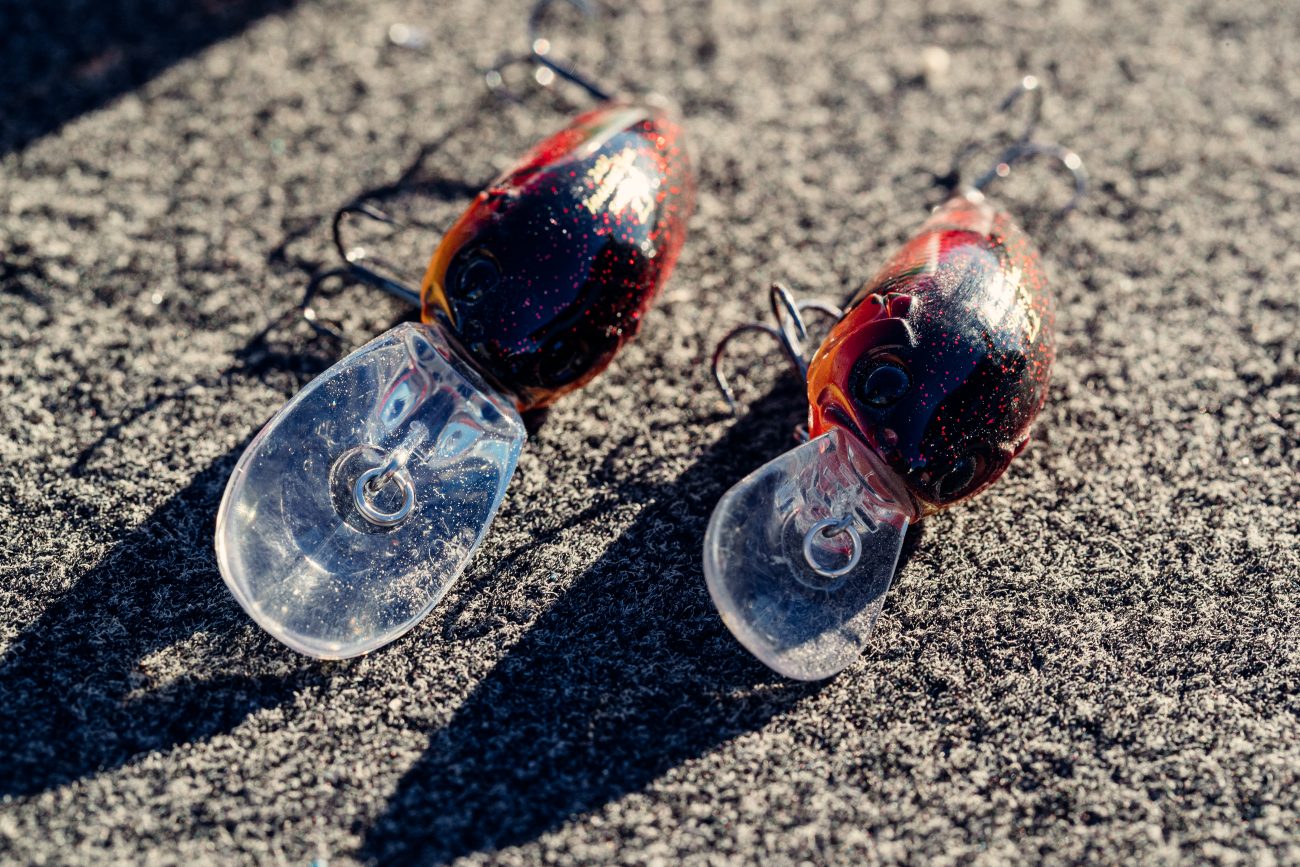The months of April and May are arguably one of the best bass fishing months of the year. In many lakes across the country, more bass are living in shallow water this month than any other period of the year. With the exception of some extreme southern and northern states, April and May are the primary spawning season for bass. While the actual spawn gets a lot of attention, there are 3 phases of the spawn that anglers should be aware of: pre-spawn, spawn and post spawn phases.
The pre-spawn phase is signaled when the water temperatures begin to rise above 50 degrees, and usually lasts until the water temperatures approach 60 degrees. During this time, bass will begin staging around various structures like channel banks/ secondary points/ grass flats and steep banks. Usually, these areas will be situated near some key bedding areas. This pre-spawn period is one of the best times to catch big bass. When the water temperatures are rising into the 50’s, larger female bass begin moving shallow, making this the time of year when you have the best chance at a trophy size bass.
The actual spawn begins to materialize once the water temperatures reach a stable level of 60 degrees, usually around the first full moon of the month. Male bass will begin scouting for and building nests in the protected coves and waters from 2-10 feet depending on water visibility. Once the beds are made, female bass begin searching for their bed preference and begin laying eggs, which are then fertilized by the males. Females will leave the nest early, leaving the males to guard the eggs and bass fry from predators, especially bluegill and perch. Given that bluegills are the top nest predator, lure imitators like the Megabass Sleeper Gill are top choices during, and immediately after the spawn. It’s important to remember to release all bass taken during this period, to ensure the eggs and fry can be protected from perch, crawdads, and other predators.

During the height of the spawning period, boat docks are amongst the top fish holding structures. Bass will bed under and around dock walkways and structures for the cover that they provide. I’ve found the Sleeper Gill to be one of the best skipping baits to cover areas such as this. I’ll skip it with a 7’2 Megabass OrochiXX Perfect Pitch rod, using 15lb fluorocarbon line. Once the Sleeper Gill hits the water, I’ll begin a medium/fast retrieve, keeping the bait just under the surface to provoke aggressive strikes.
Immediately after spawning, bass will hang around the spawning areas for a couple weeks. They do this not only to protect their fry, but to feed and regain strength after spawning. Once the water temperatures approach the 70 degree mark, much of the spawning is done, and the bass begin to disperse through different locations throughout the lake.
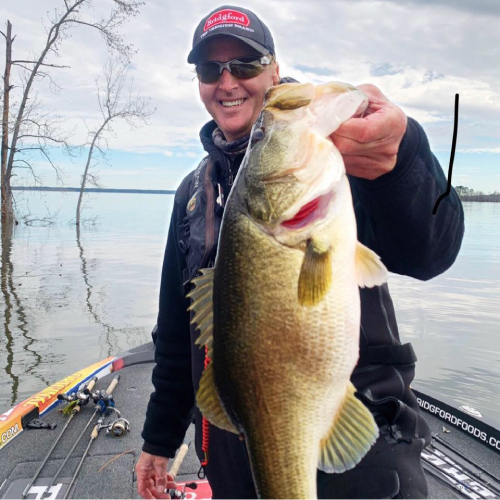
I began using the Sleeper Gill for the first-time last spring. In addition to catching them on it around the docks and spawning areas, my best success was in the early post spawn, which was late April of last year. I was fishing Table Rock Lake, and the water level was nearly 5 feet higher than normal. Flooded bushes were abundant on the lake. I began swimming the Sleeper Gill around the edges of the flooded bushes and willow trees and proceeded to have one of the best days of the entire year. I was fishing it fast; throwing it past the bush edges and swimming it quickly about 2 inches under the surface. Bass would charge out of the bushes and clobber the Sleeper Gill, so much so it left a boil in the water when they bit it. Exciting to say the least! Keeping the bait in sight similar to how you would fish a swim jig seemed to be the best approach.

